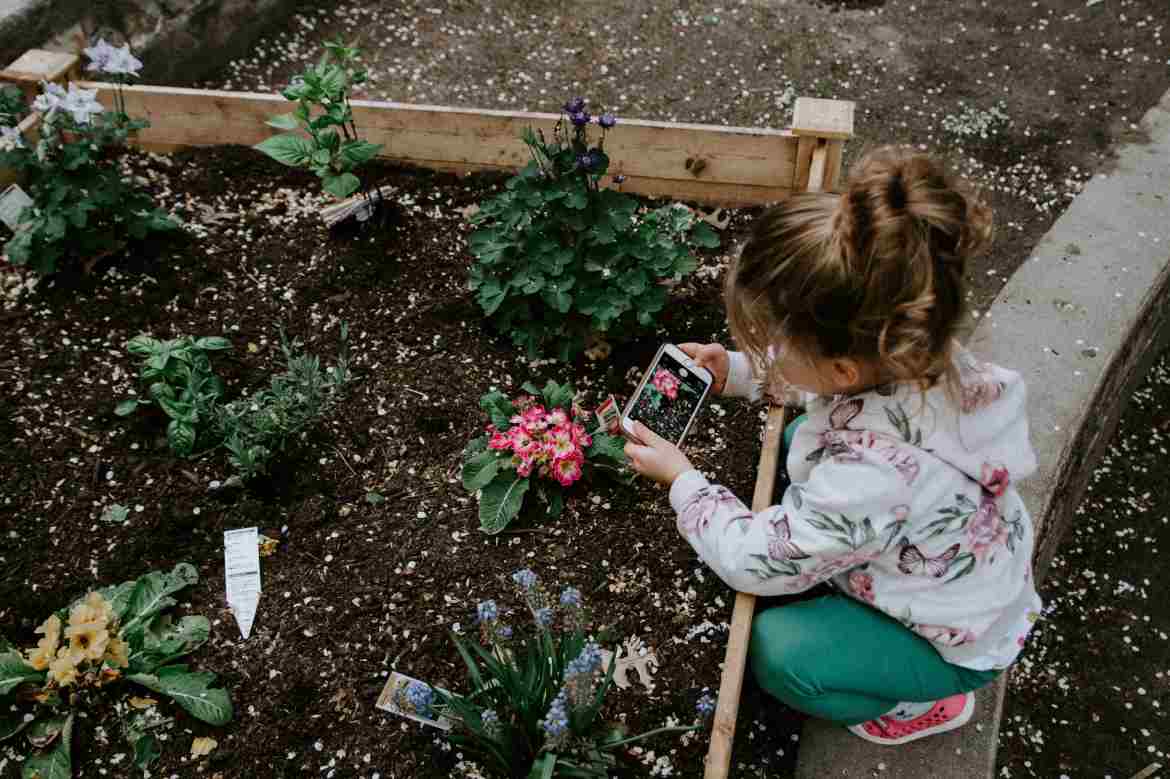The SEO optimization of images is one of the criteria to be respected to properly reference your web content. Here are the different steps to follow to successfully SEO your images.
Table of Contents
Referencing Your Images: Optimization Steps For SEO
Did you know that web content with images is on average 94% more viewed than content without images? However, it is not enough to integrate images in your articles to expect the miracle. It is important to make them SEO friendly to improve the visibility of your content in search engines.
What are the best SEO practices for referencing images? Discover in this article, 8 steps to follow to optimize your images for natural referencing.
1. Name Your Image Files Correctly
Google prioritizes user experience in ranking search results. The Mountain View giant is looking for pages that are easy to read and understand for the visitor. So always create content with the reader in mind . However, this does not mean that SEO should be neglected to seduce Google robots.
The first thing you need to do to properly reference your images is to name the file correctly so that search engines can clearly understand the message conveyed by the image. The file name should accurately represent the image used . It is preferable to show in this name the relevant keywords on which you wish to position yourself.
Also, take care to separate each word of the filename with hyphens. Don’t use underscores because search engines don’t recognize them and won’t be able to identify individual words. Here is an example to better understand:
Wrong file title: Gclqezvv754a.jpg
Good file title: image-optimized-SEO.jpg
2. Resize Your Images
It is important to differentiate between image size and file size. Both of these are important for image SEO, but first let’s break down what is meant by image size.
The size of an image refers to its dimensions (for example, 1024 x 680 pixels). The file size is the amount of space needed to store it on the server (for example: 90 kilobytes).
Images with high resolution and large dimensions (often created with professional cameras) significantly slow down page load times. If you want to reference this type of image well, you should reduce the file size without sacrificing the visual quality of the image too much.
3. Reduce Image Size Without Sacrificing Quality
Regardless of the image resolution, the file size should also be reduced as much as possible. However, it must be ensured that after compression of the image its quality remains. Smaller images improve page load times. As a result, the experience of your site visitors also improves.
4. Create Alt Text (Alt Tag) To Optimize The Image
Site visitors can figure out what an image is about, but search engine crawlers still need clues. Without alt text, it’s impossible for search engines to accurately index your image content.
Alternate text ( alt tag) is also used to take the place of an image if it cannot appear on the player’s screen. This is especially useful when optimizing your site for visually impaired readers.
If they can’t see the picture, they can still understand the message. When writing alt text for an image, describe exactly what is happening in the image using relevant keywords. However, avoid keyword stuffing.
Provide more details than you included in the filename. Although there is no ideal word count, aim for 10 to 15 words for your alt text.
Also Read: Ranking Factor Security: Google Includes HTTPS In SEO
5. Use captions
Image captions are words found directly below images . They don’t have a direct impact on SEO, but unlike filenames and alt text, captions are visible on a website page. They therefore contribute to improving the user experience. Use them to add relevant information to the image.
They should also include keywords related to the image itself and the overall content of the article. In fact, most people read image captions to get an idea of the overall content posted. Without image captions, your bounce rates could increase, hurting your credibility with search engines.
6. Use The Right Image In The Right Place In The Text
To properly reference your images, you need to make sure they complement the text on the page. This is because an image surrounded by relevant text ranks better for the keyword it is optimized for. If your text doesn’t include enough information to explain an image, add more relevant text and describe the image if possible.
7. Use Unique Images
The use of royalty-free photos found in image banks is a good thing. But these images won’t necessarily help your search engine rankings , as other websites often use the same images . In the same way that unique written content — without Duplicate Content — is better for SEO, so are images. Prefer to use unique images whenever possible.
8. Add Images To Your XML Sitemaps
Google uses sitemaps to index the pages of your websites, but it can also index the images on your site. So be sure to add them to any XML sitemaps you send to Google. This increases your chances of seeing your images come to the top of search engine results, especially Google.
Also Read: Becoming Known As A Start-Up: This Is How It Can Work!




